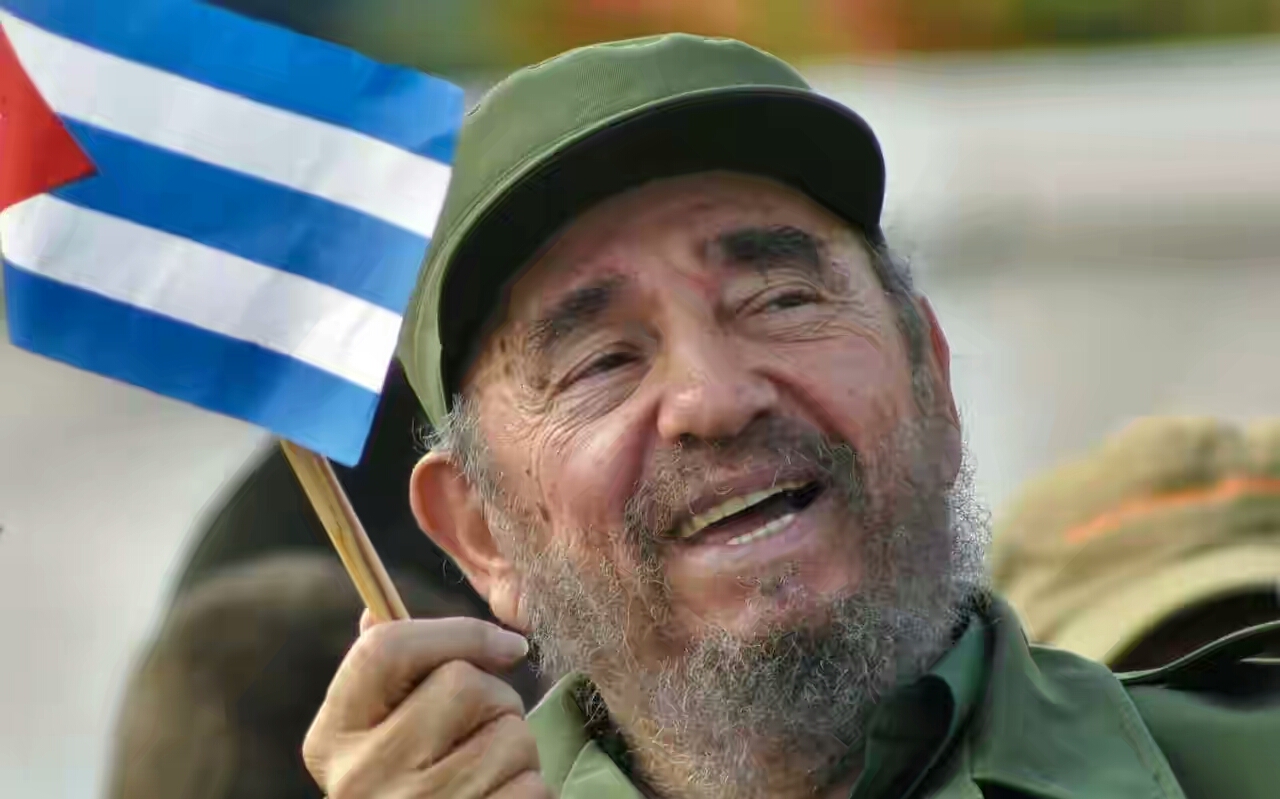Fidel Castro was one of the key figures in 20th century Latin America, the object of praise and criticism during his near half-century, iron-handed transformation of and rule over Cuba.
Castro, who passed late Nov.26, 2016 at the age of 90 years, remained a world figure in many controversial issues that borders on relating to the west.
To his people and friends all over the world, Castro was an enigma, who will be hard to forget.
He was born in 1926 in the eastern Cuban town of Biran on August 13. Matriculates at the University of Havana; earns a law degree in 1950.
In 1947, he participated in failed revolutionary mission in the Dominican
Republic. In 1948, he attended the Anti-Imperialist Student Council in Bogota;
and also participated in the popular revolt known as the “Bogotazo.”
Castro in 1953, led a failed assault on the Moncada Barracks in Santiago de
Cuba, the first effort to topple Fulgencio Batista’s dictatorship and later got 15 years in prison.
He led the 1956-59 guerrilla fight to oust Batista.In 959, entered Havana in triumph on January 8; travels to receptions in Venezuela, the United States, Canada, Brazil, Argentina and Uruguay.
Castro proclaimed himself in 1961, a Marxist-Leninist and rebuffed the Bay of Pigs
invasion by the United States.
He accepted in 1962, the withdrawal, after the Cuban Missile Crisis, of
mid-range Soviet missiles stationed on the island.
Surprisingly in 1986, Castro quits smoking his characteristic Cuban cigars.
In 1990, with the Cold War ended, and with it, Soviet economic support,
Castro decrees an emergency economic programme; changes country’s motto from “homeland or death” to “socialism or death.”
For the first time in 1992, he made the first official visit to a West European country, to Spain, while in 1993, he allowed some economic reforms, and limited U.S. dollar holdings;
Cuba turns to tourism to palliate economic crisis.
In 1996, he visited Pope John Paul II in the Vatican and hosted Pope John Paul II in Havana; John Paul in 1998, he asked Castro to open Cuba to the world.
Castro in 2003, ordered detention of more than 70 dissidents, and the execution of three
people who hijacked boat to escape.
In 2006 he temporarily delegated power to his brother, Raul, on July 31,
in order to undergo surgery for intestinal bleeding.
He formally in 2008 gave up presidency in February;
his successor Raul Castro lifts “absurd prohibitions” regarding luxury
hotels, mobile phones and home appliances, and puts an end to wage
caps.
Fidel Castro formally stepped down as leader of the Cuban
Communist Party in 2011, succeeded by Raul Castro, who increases
opportunities for limited forms of private initiative but vows “to
preserve and to keep perfecting socialism.”
In 2015, Castro was last seen in public, on March 30, when he talked to a Venezuelan delegation at a Havana school; Raul Castro meets with U.S. President Barack Obama on April 11.
November 25, 2016: Castro dies aged 90 on Friday (03:29 GMT Saturday). (dpa/NAN)



 Premier League
Premier League